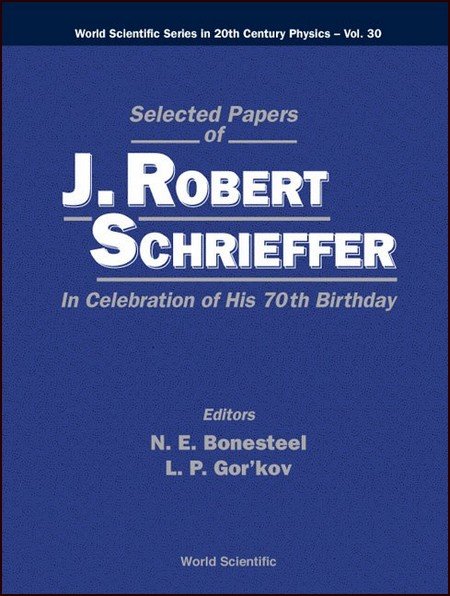Microscopic Theory of Superconductivity
This work was supported in part by the Office of Ordnance Research, U. S. Army. One of us (J.R.S.) wishes to thank the Corning Glass Works Foundation for a grant which aided in the support of this work.
SINCE the discovery of the isotope effect, it has been known that superconductivity arises from the interaction between electrons and lattice vibrations, but it has proved difficult to construct an adequate theory based on this concept. As has been shown by Fröhlich,1 and in a more complete analysis by Bardeen and Pines2 in which Coulomb effects were included, interactions between electrons and the phonon field lead to an interaction between electrons which may be expressed in the form





